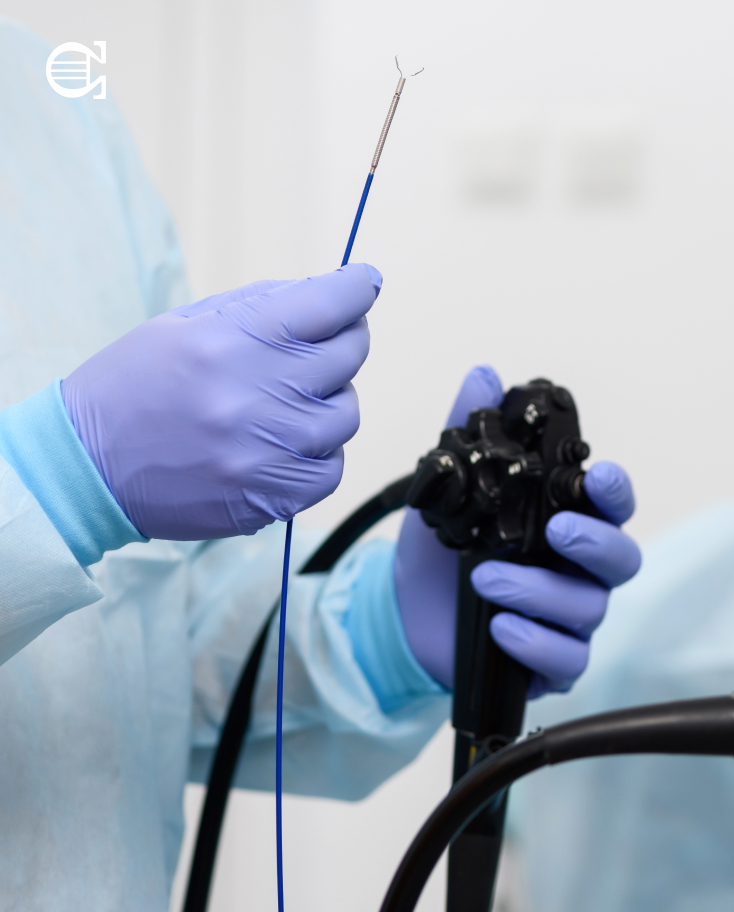Your Colorectal Health, Our Priority
With our comprehensive suite of screening services and treatment options, our experienced colorectal specialist and medical team promise you peace of mind whilst ensuring a strong and healthy colon.


What IsAn Endoscopy?
An endoscopy is a minimally invasive procedure used to observe the inside of the patient’s body. An endoscope, a thin and flexible instrument equipped with a light and camera, is inserted through the mouth or anus to take live images of the internal organs, which are then displayed on a monitor.
An endoscopy is also conducted to extract samples for imaging and biopsy tests, as well as perform minor surgeries such as polyp removal. It is a relatively safe and painless procedure sometimes performed under sedation.
Why Would Someone Need It?
An endoscopy is useful for both diagnosing and treating a condition while simultaneously avoiding invasive procedures like open surgery. A colorectal surgeon may order an endoscopy for the following reasons:
- To determine the root cause of abnormal symptoms
- To help the doctor better assess the condition of internal organs
- To extract tissue samples for further laboratory testing (biopsy)
- To perform surgical procedures such as ulcer treatment or gallstone and polyp removal
Endoscopies are typically performed alongside other imaging and blood tests.
Endoscopic procedures are very useful as they allow for clear visualisation and are minimally invasive in nature.
Our Colorectal SurgeonColorectal Specialist

Dr Ho Kok Sun
Consultant Colorectal & General Surgeon
MBBS (Singapore), M Med (General Surgery) (Singapore)
FRCS (General Surgery) (Edinburgh), FAM (Singapore)
Dr Ho Kok Sun has been treating all colorectal conditions for over a decade and was the past President of the ASEAN Society of Colorectal Surgeons and the Society of Colorectal Surgeons (Singapore), as well as a founding member of the Eurasian Colorectal Technologies Association. Dr Ho was actively involved in the training of medical students and residents, and has published widely in reputable journals and book chapters. He believes that treatment should always be personalised to the patient’s needs.

